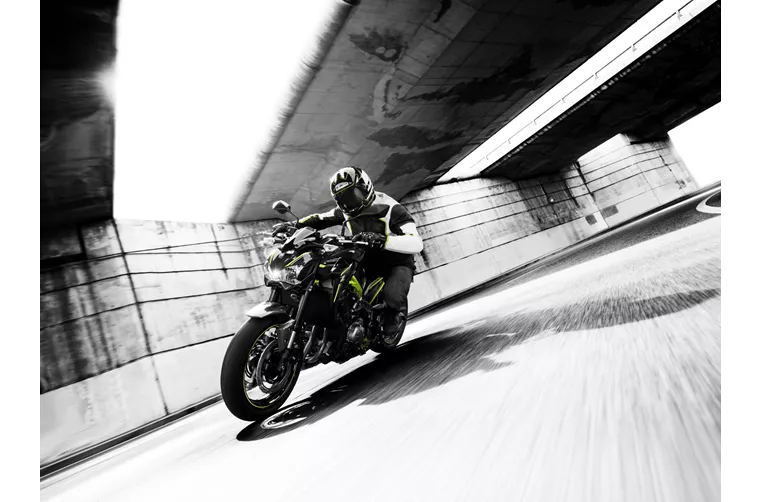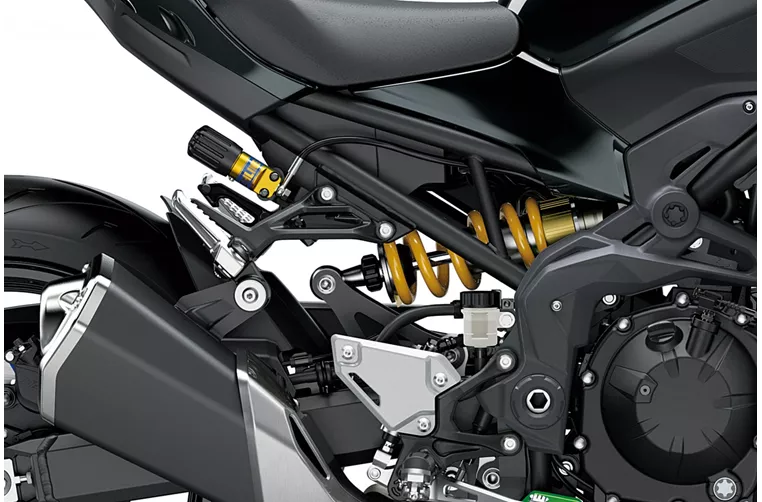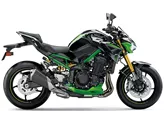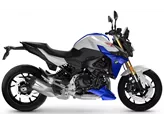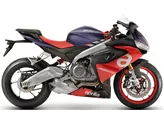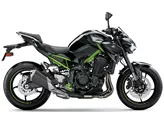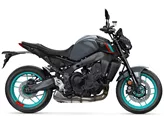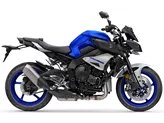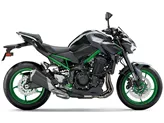Kawasaki Z900 2018 vs. Kawasaki Z900 SE 2023

Kawasaki Z900 2018
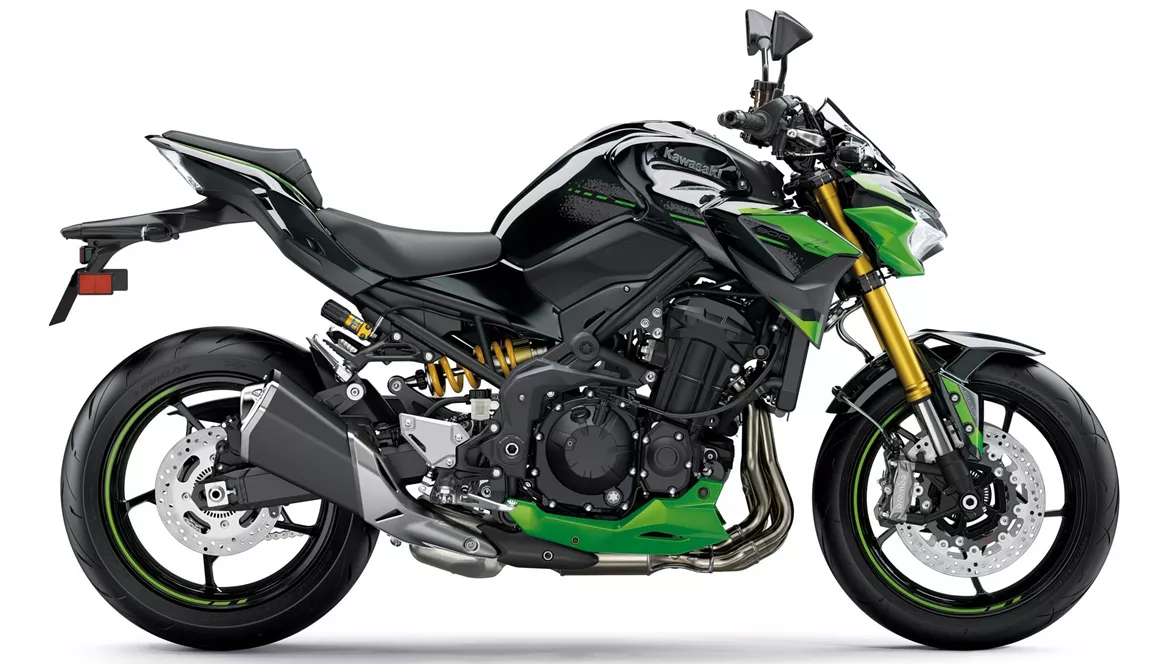
Kawasaki Z900 SE 2023
Overview - Kawasaki Z900 2018 vs Kawasaki Z900 SE 2023
The Kawasaki Z900 2018 and the Kawasaki Z900 SE 2023 are both naked bikes with similar technical specifications. They have the same engine type, engine power, torque, fuel system, cylinders, cooling system, and displacement. Both models feature an in-line four-cylinder engine that delivers 125 horsepower and 98.6 Nm of torque. They also have the same suspension and chassis components, with an upside-down telescopic fork at the front and a swing arm suspension at the rear. The frame is made of steel and has a double cradle design. The front brakes are double disk with a diameter of 300 mm and four pistons, using petal technology. Both models are equipped with ABS as an advanced rider assistance system.
However, there are some differences between the two models. The Kawasaki Z900 SE 2023 offers additional features and improvements compared to the 2018 version. It has more advanced suspension adjustments, including compression, preload, and rebound adjustments at the front. The rear suspension also has preload and rebound adjustments, and it is made of aluminum. This indicates that the SE model has higher-quality chassis components, including Öhlins suspension at the rear. The front brakes remain the same, but the SE model may have stronger braking performance due to the use of Brembo M4-32 brakes.
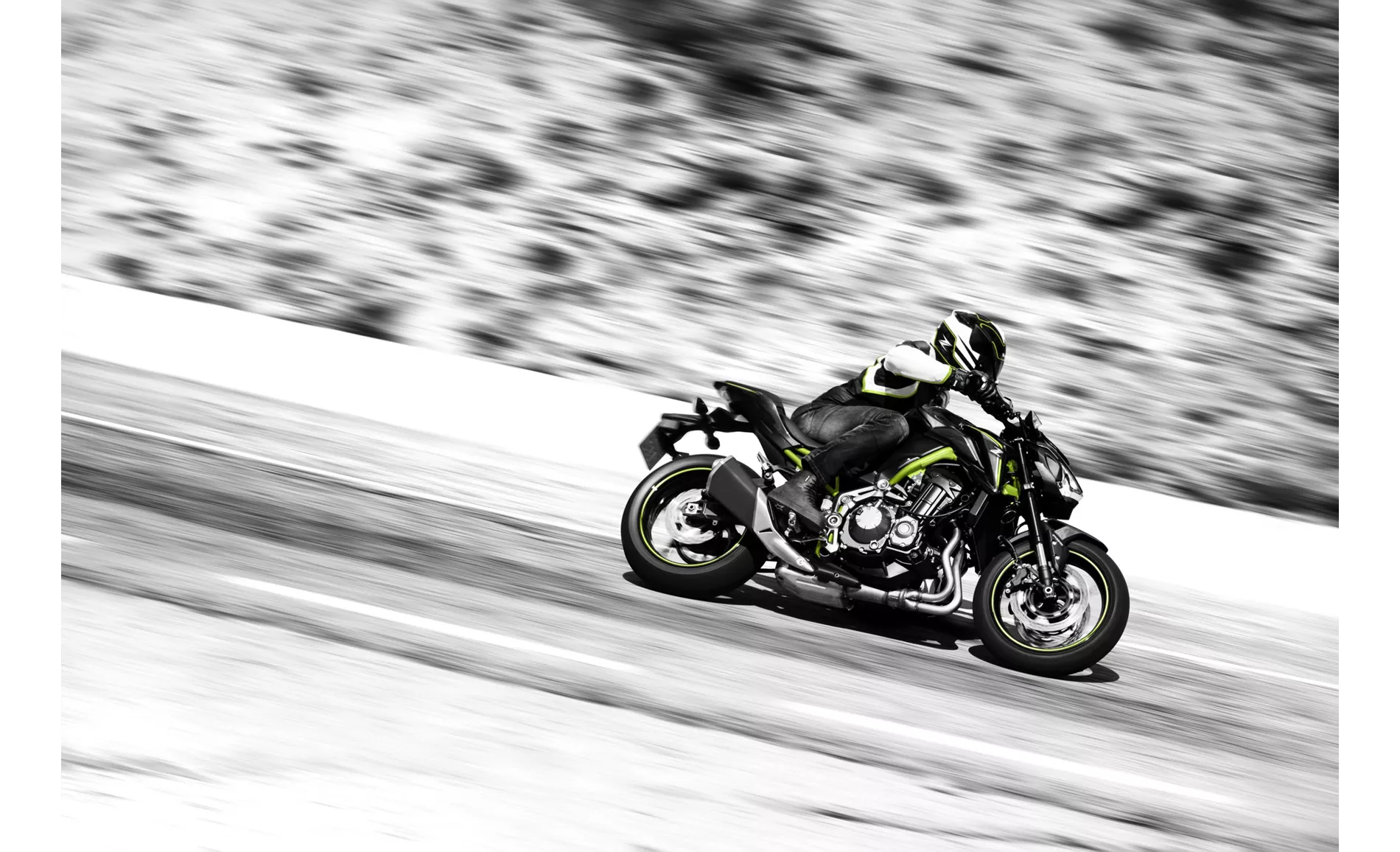
Kawasaki Z900 2018
In terms of assistance systems, the Kawasaki Z900 SE 2023 offers more advanced features than the 2018 model. It includes ABS, riding modes, ride by wire, and traction control. These additional features enhance the riding experience and provide more control and safety.
Both models have the same dimensions and weights, including front and rear tire width and diameter, wheelbase, seat height, and kerb weight with ABS. However, the Z900 SE 2023 is mentioned to have a high weight, which could potentially affect its handling and maneuverability compared to the 2018 model.
In terms of strengths, the Kawasaki Z900 2018 is praised for its powerful and smooth engine, great sound, sharp and sporty look, low seating position, and easy handling and maneuverability. On the other hand, the Kawasaki Z900 SE 2023 is commended for its powerful and sonorous four-cylinder engine, high-quality chassis components, strong Brembo brakes, good ergonomics, and easy handling.
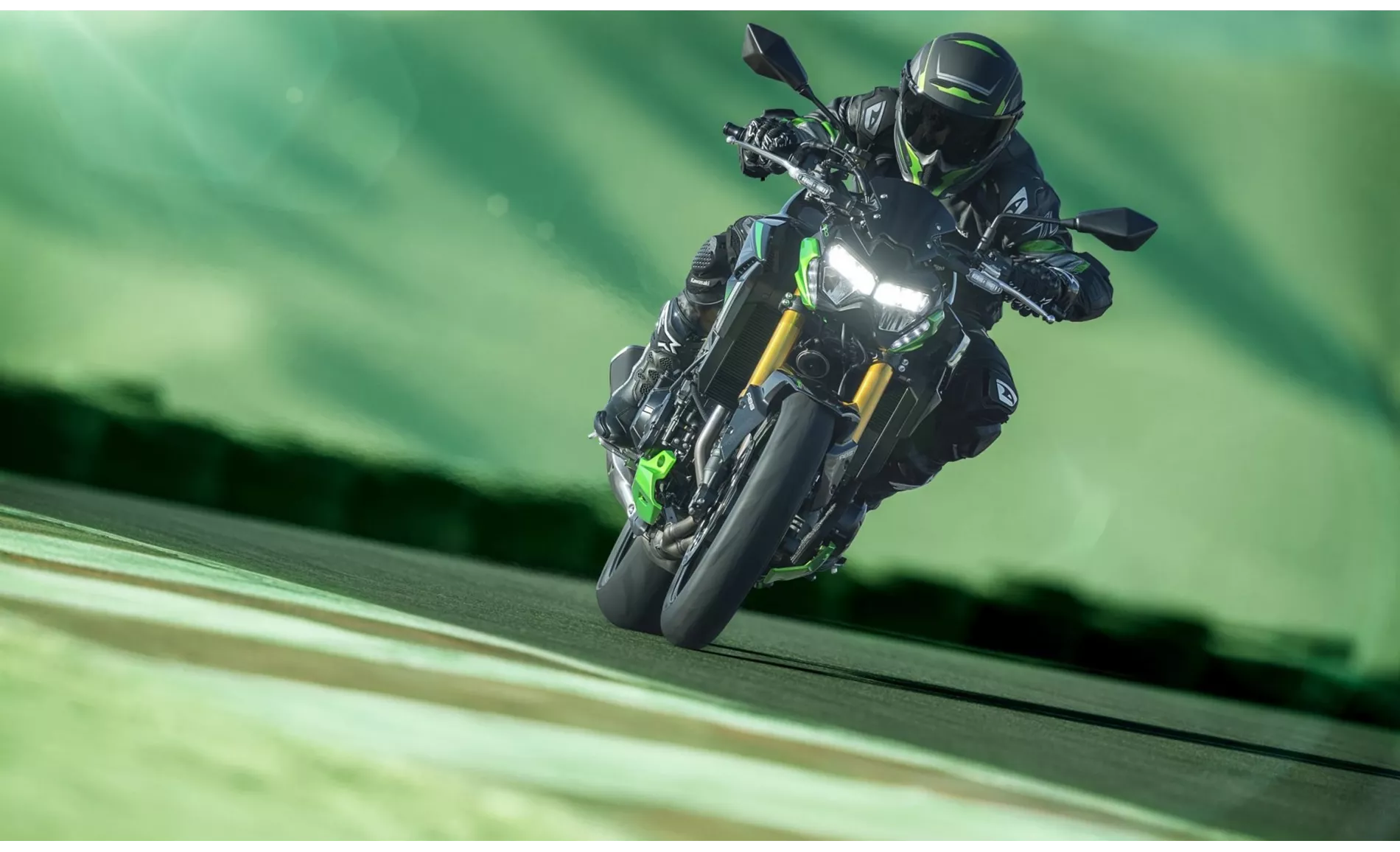
Kawasaki Z900 SE 2023
As for weaknesses, the Kawasaki Z900 2018 is noted to lack traction control and have a strenuous knee angle for tall riders in the long run. The Kawasaki Z900 SE 2023 is mentioned to not have a quickshifter, lean angle dependent traction control, cornering ABS due to missing IMU, and has a high weight.
In summary, the Kawasaki Z900 SE 2023 offers additional features and improvements compared to the 2018 model, such as advanced suspension adjustments, more advanced assistance systems, and potentially stronger braking performance. However, it also has some weaknesses, including the lack of certain features and a higher weight. Ultimately, the choice between the two models would depend on the rider's preferences and priorities.
Technical Specifications Kawasaki Z900 2018 compared to Kawasaki Z900 SE 2023
Pros and Cons in comparison
Pros and Cons in comparison
Kawasaki Z900 2018
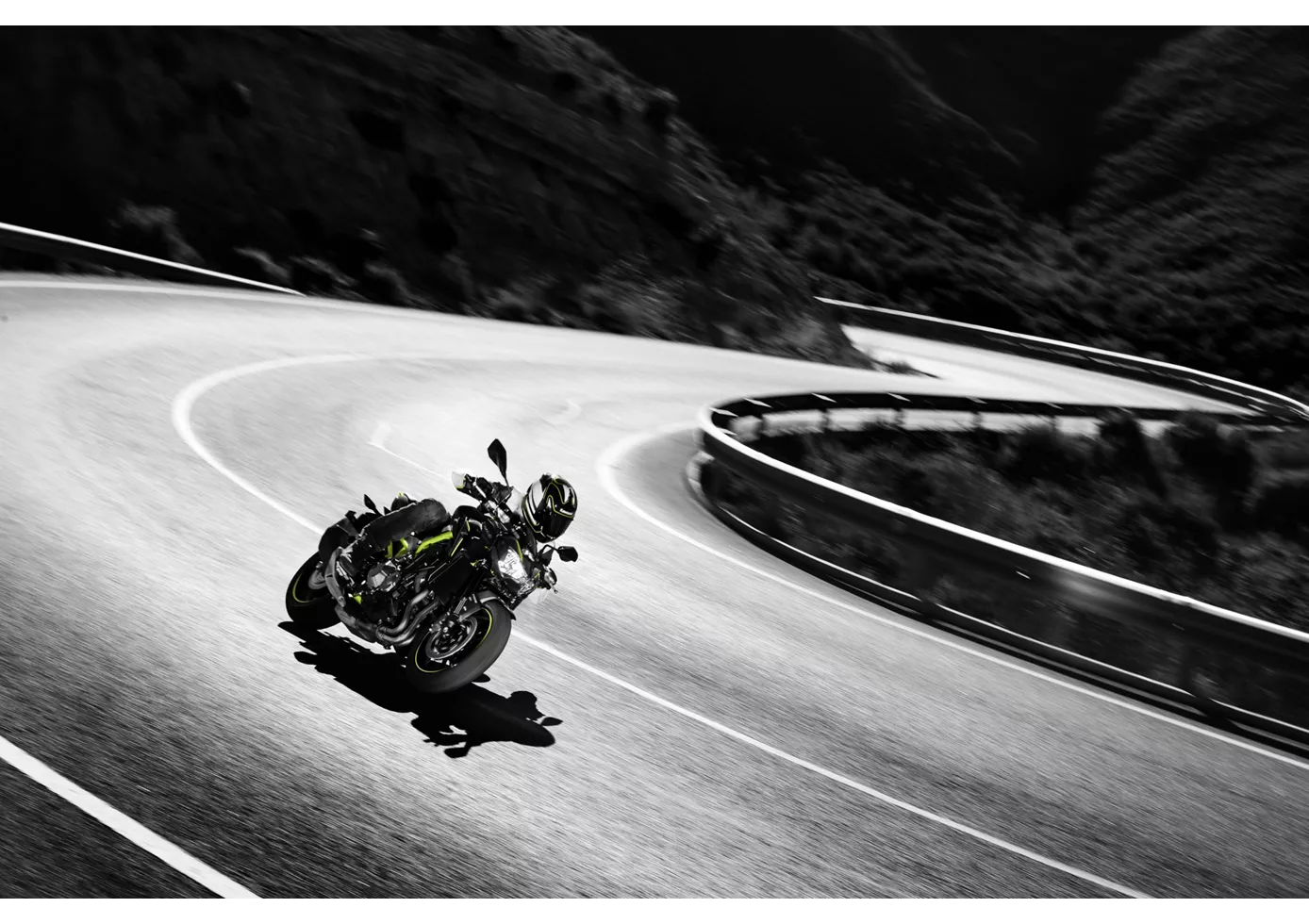
In the hotly contested naked bike segment, the Z900 plays right at the front. Above all, its engine is absolutely terrific, runs incredibly silky and offers rich power in all rev regions - as befits a Japanese four-cylinder. Its sporty, aggressive appearance matches this. It does without electronic bells and whistles, but still conveys a lot of confidence when chasing corners, braking and accelerating out of them. The low seat is especially beneficial for smaller riders, but taller riders might miss a flatter knee angle on long distances. The low weight and compactness make the Z900 particularly agile and easy to handle. A sporting cannon that is also extremely appealing in terms of price
Kawasaki Z900 SE 2023
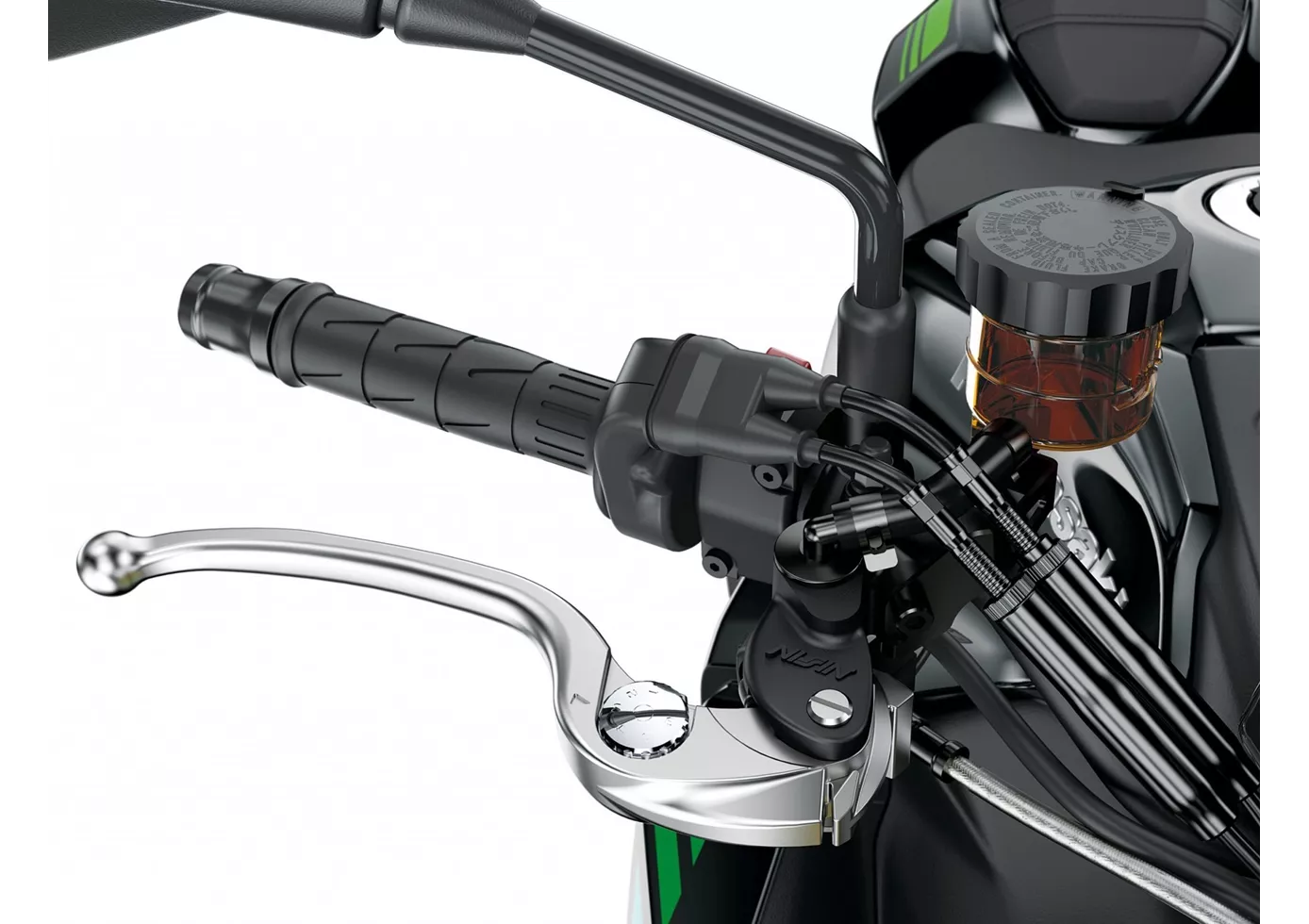
The Z900 SE is not only a successful addition to the normal Z900, but actually the better and more sensible version. Because the refined fork, the Öhlins suspension strut that is not fully adjustable but more responsive, and the snappier Brembo M4.32 brake system make the SE refreshingly sportier and are well worth the extra price - especially if you also take into account the cool look of the Prestige components! However, the fact that a quickshifter is not even available at extra cost will hurt real sports enthusiasts. If you can live with the relatively high weight of over 214 kilos, you get a sufficiently manageable naked bike.
Price Comparison Avarage Market Price Kawasaki Z900 vs Kawasaki Z900 SE
There are a few key differences between a Kawasaki Z900 2018 and a Kawasaki Z900 SE 2023. In terms of price, the actual average price of a Kawasaki Z900 SE 2023 is about 29% higher. Compared to Kawasaki Z900 SE 2023 there are more Kawasaki Z900 2018 bikes available on the 1000PS.de Marketplace, specifically 55 compared to 53. It takes less time to sell a Kawasaki Z900 with 112 days compared to 148 days for a Kawasaki Z900 SE. Since model year 2017 1000PS.de editors have written 46 reviews for the Kawasaki Z900 and 12 reviews for the Kawasaki Z900 SE since model year 2022. The first review for the Kawasaki Z900 was published on 11/11/2016 and now has more than 93,200 views. This compares to more than 37,200 views for the first review on Kawasaki Z900 SE published on 16/09/2021.
